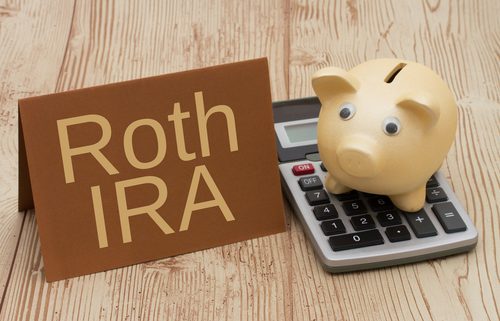How to Use a Self-Directed Roth IRA to Maximize Retirement Income
The Self-Directed Roth IRA is one of the most powerful tools for building wealth. Using a Self-Directed IRA, an investor can put in after-tax money that then grows tax-free within the Roth IRA account. This is a great way to leverage your income to generate a more powerful cash flow in retirement, thanks to these tax considerations. And for investors who believe that they’ll have a larger income in retirement, having that kind of tax savings means having much more money going directly into your pocket.
But what are the strategies that investors can use to maximize their retirement income? And how might they go about investing now to secure the best possible income for the future? Here are the important things that Self-Directed Roth IRA investors will need to know:
Keep Your Self-Directed Roth IRA for the Long Term
You will have to start taking out your RMDs (Required Minimum Distributions) from a Traditional IRA at the age of 70 ½. But a Roth IRA? Here’s a key advantage: there are no RMDs throughout the owner’s lifetime. That means that as long as you live, you can allow the investments to keep on growing tax-free. This is a major advantage for maximizing retirement income, especially if you have a long-term timeline for your retirement plan.
There is no set retirement age for you to retire. The age at which you begin receiving social security is much younger relative to the national life expectancy than it once was. That means that you can keep your Self-Directed Roth IRA even while you work, not taking distributions as the money in it grows, and keep the money aside until you are truly ready to retire on your own terms.
Of course, this strategy assumes that you won’t need the money immediately as you enter the retirement years. To fully maximize your retirement income with this strategy, you also need a dependable income as you allow the funds within the Self-Directed Roth IRA to grow.
Maximize Your Contributions Every Year
Although there is not any tax deductibility for the money you put in your Self-Directed Roth IRA, there are also low contribution limits to the Roth IRA. This is its chief disadvantage. Currently, a young single person will only be able to contribute $6,000 to a Roth IRA in a given year—recently raised from $5,500.
Those who are aggressive about how much they save in retirement tend to maximize their contributions to their Self-Directed Roth IRA before moving money after that towards a different account, such as a 401(k). While we cannot give any specific investment advice to particular investors, it’s clear that one of the best ways to guarantee a retirement income is to have as much money in a Roth IRA as possible because of its tax benefits.
Use a Self-Directed Account to Maximize Growth
For many people, the Self-Directed Roth IRA is a great way to invest in mutual funds, trusting that the strong returns of the stock market over time will guarantee a sizeable nest egg for retirement. But using a Self-Directed Roth IRA opens up other possibilities, like using investments that can generate passive income. That includes private lending and real estate—all assets that could potentially yield monthly income into your Roth IRA.
With self-direction, a Roth IRA can be more than just a window into the stock market. It can also be a way for investors to secure income when they no longer have the ability to work. But it requires a strategic approach throughout a lifetime of investing.
Interested in learning more about Self-Directed IRAs? Contact American IRA, LLC at 866-7500-IRA (472) for a free consultation. Download our free guides or visit us online at www.AmericanIRA.com.






